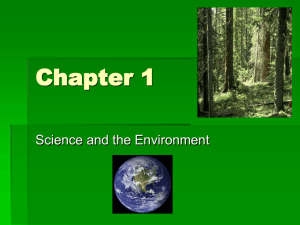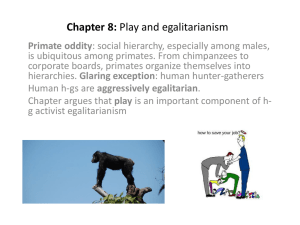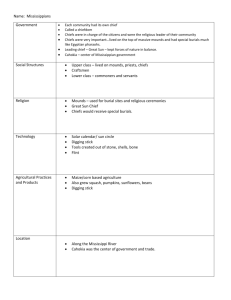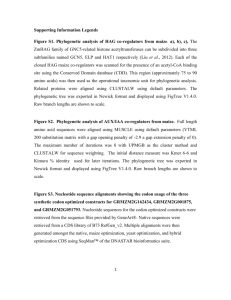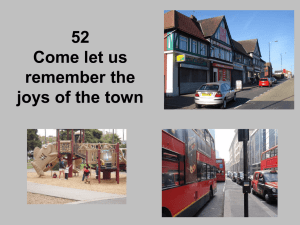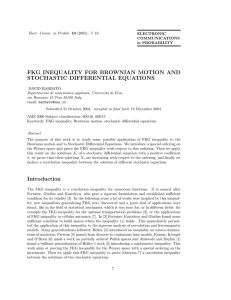File
advertisement
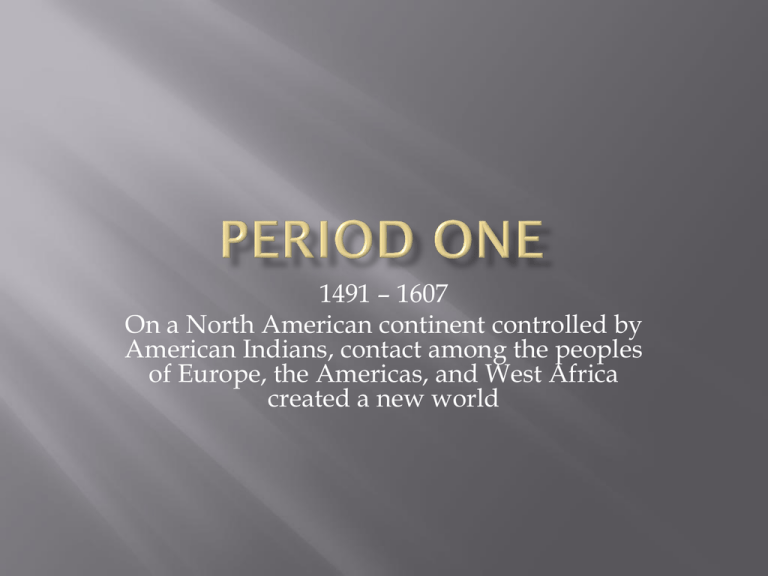
1491 – 1607 On a North American continent controlled by American Indians, contact among the peoples of Europe, the Americas, and West Africa created a new world How did the political, economic, and religious systems of Native Americans, Europeans, and Africans compare and how did things change as a result of contacts among them? Native Americans Europeans Africans Politics Economy Religion/Society Explain how things changed within each category as a result of contact among the three groups. Native populations in America 1490s: est. 50 – 100 million 1 – 10 million in North America Slow spread of maize from south Variety of social, political, economic structures Based on environment, interaction w/ each other Adapted to environment Transformed environment Complex societies Astronomy, art, writing systems, math, monument building Central & South America: Aztecs, Maya, Inca Domesticated crops (maize, potato) Permanent farming towns more food more time SPECIALIZATION! Culture: arts, crafts, religion, science, calendars, astronomy, etc. Also. . . WAR! Dense population 250k Bureaucracy State controlled land Tenochtitlan Rule by priests (sun god), warrior-nobles Trade & tribute gold, textiles, turquoise, feathers, cacoa War subordinate kingdoms Human sacrifice fertile fields, return of sun Complex Civs in MesoAmerica & Andes Semi-sedentary societies Note: This is not a hierarchy! H-G in kinship groups Climate change Grasslands Forests plants, small animals fiber snares, basketry, mills (grinding nuts) domestication of dog, turkey Great Basin/Great Plains (western) H-G lifestyles Deer, moose, antelope, elk Northeast/Atlantic Seaboard Mixed AG + H-G There are two sides to every story. POV study. . . Ohio River Valley ( 800 BCE – 600 CE) Adena-Hopewell culture, Midwest Earthworks (animal shapes), H-G, division of labor (priests/warriors – laborers), trade Mississippi Valley (600 CE – 1500) SE US, Cahokia (center) AG- corn, beans, squash Towns around temples, plazas, social structure, human sacrifice, trade, division of labor, gov. structure, worship of sun Snake mound- S. Ohio. Adena peoples (500 BCE – 200 CE OR 950 – 1200 CE) OR Mississippian (b/c of animal imagery). Snake head aligned with sunset of summer solstice- June 20/21. Kincaid Site (IL)- 140 mi. from Cahokia. Mississippian town (1050-1450), 19 mound + buildings- temples, council houses. Image painted by Herb Roe. Anasazi- earliest AG society (1st cent. CE) “Four corners” CO, UT, AZ, NM Climate factor: arid & dry irrigation-based (maize) villages, towns developed Adobe dwellings (pueblos), temple mounds Adobe, rock- molded to canyon walls Chaco Canyon (NM)- 12 towns, roads connected to villages No known class structure, war as self-defense Moral codes, myths/beliefs (nature = sacred), COMMUNAL LIVING = similar Developed in different ways, different places, different times Three regional groups Eastern Woodlands, Great Plains, Western Differences: geography, language, customs Similarities: sacred spirits in plants/animals (animism) gods ensure good weather, good hunts, good harvests, good wars Three regional groups Algonquian, Iroquois, Muskogee Smaller, powerful New England groups: Narragansetts, Wampanoags, Mohegans AG + H-G, method of burning land No single style of political organization Chiefdoms- multiple chiefs, one w/ preeminent power Paramount chiefdoms- communities w/ local chiefs come together under single, more powerful ruler Powhatan Chiefdom- Chesapeake Bay Made of 30 smaller chiefdom Met by John Smith Mid-Atlantic- many small, local chiefdoms New England Great Lakes Carolinas Coastal = fishing; inland = hunting Limited AG Canoes = technology & transportation Clan ID cross through various tribes Very mobile- rivers, lakes For trade, hunt/fish, ceremonies, alliances Live in small, round shelters (wig-wams) 500 – 2,000 people Upstate NY PA, Carolinas, GA Comprised of Five Nations- Mohawks, Oneidas, Onondagas, Cayugas, Senecas Fighting b/t groups wars of retribution Mohawk Hiawatha- peace and power, condolence rituals Maize permanent villages Log walls around, wooden long-houses within Multi-family unit Political authority to council of chiefs Matriarchal society d Absence of men (war, trade, hunt, fish) Select council of sachems, distribute property, plant/harvest Power inherited through female line of authority Chiefdoms in S Creek, Chickasaw, Choctaw Very diverse Blackfeet, Cheyenne, Arapaho (Algonquin) Comanche (Shoshonean) Apache (Athabaskan) Teton Sioux, Crow (Siouan) Mostly nomadic Biggest change? HORSE Also… horses = advantage over enemy POWER Culture- hunting (bison) Comanche Expert raiders Prisoners/horses for food, weapons, etc. Sioux Domination of Black Hills (MS river, MN, west) For some- farming incorporated Settled villages along rivers Goods: food, raw materials, tools, ritual artifacts, decorative goods Regional trade networks Those w/ access to trade goods luxury items, power, elite status Nomadic hunters of plains traded w/ Pueblos Hides/meat maize, pottery, blankets War captives traded as slaves, diplomatic gifts Long distance trade Copper (Great Lakes), obsidian (NM), pipestone (midwest), seashells, bear claws Large nations- leaders controlled wealth Smaller groups- strongest hunters = most food distribute to show generosity, gain authority But, sharing essential Chiefdoms- rulers collect wealth, redistribute it to followers Religion and understanding based on interpreting dreams, visions Rituals to appease spirits AG Successful hunts, battles Female power, fertility linked to earth Festivals/ceremonies for life-giving world H-G Spiritual power through hunting, war Fearful of offending spirits of animals killed Rituals before, during, after War- geopolitical (gain land vs. enemy), rite of passage (raids to prove self), person motives (blood feuds, mourning wars)

